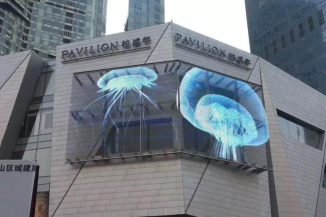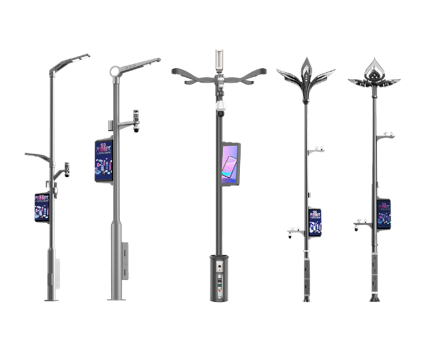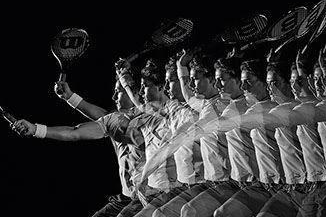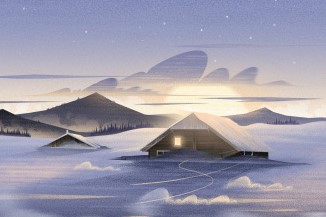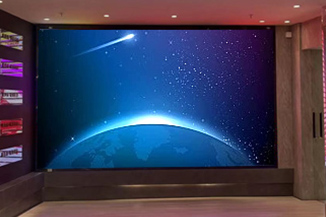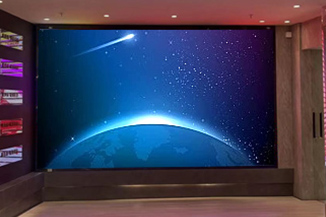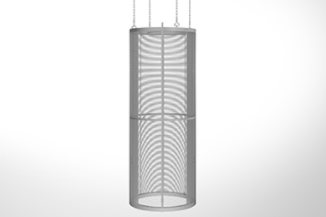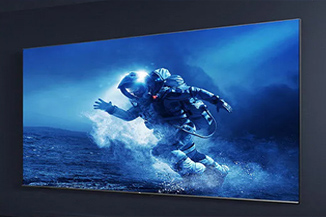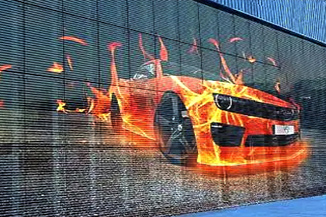Publisher: Supplier of LED Display Time: 2022-03-16 16:35 Views: 1484
Is the brightness of the LED display the higher the better? In order to achieve good energy-saving goals, excessive pursuit of high brightness is contrary to energy-saving goals. So today, the editor of LCF will discuss with you what the potential relationship between "high brightness" and "high energy saving"?
At present, the more popular 10000cd/m2 high-brightness LED lamps in China basically use large-sized LED chips. This large-sized LED chip is widely used by most LED display manufacturers as the mainstream of the market, and there is no core technology at all. As we all know, the brightness of the LED screen is proportional to the driving current of the LED lamp. The brightness of 10000cd/m2 is nothing more than increasing the driving current of the LED lamp. However, the physical characteristics of LED lamps will be inevitable: high-brightness LED lamps must be accompanied by high attenuation and low stability characteristics. High attenuation is not only not conducive to the long-term use requirements of the LED display, but also becomes a congenital defect of excessive pursuit of high brightness, and this congenital defect will damage the life and picture effect of the LED display all the time and by a multiplier effect.
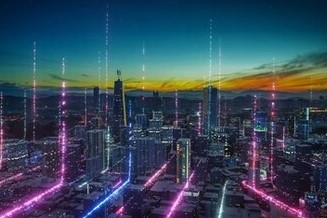
After the brightness has dropped from 10000cd/m2 to 8000cd/m2, its high working current has not changed, which will double the speed of its brightness attenuation, resulting in several times faster attenuation in the later stage, becoming a high attenuation display screen. Moreover, it exists in a vicious circle of brightness attenuation, which cannot meet the requirements of long-term use at all.
In order to avoid light pollution and meet the requirements of environmental protection regulations, the brightness standards of LED displays are not the same day and night. As we all know, reducing the brightness more or less loses grayscale, and the greater the brightness adjustment, the greater the loss of grayscale. Therefore, if the initial brightness value of the LED display screen is set to 10000cd/m2 during the day, when the brightness is lowered to 800cd/m2 at night, either the grayscale is extremely lost, making the image quality at night very poor; or the brightness cannot be adjusted to the nighttime The standard requirements used, or the formation of heavy light pollution.
From this point of view, the value of high brightness in the market does not mean technological leadership in terms of LED display manufacturing technology, but a high current and high brightness in exchange for seriously sacrificing the life of the display.
